Telehealth
Access to broadband is increasingly being recognized as an important social determinant of health; however, approximately 34 million people in the U.S. still lack broadband access, particularly those in rural communities. Federal and state policies can facilitate expansion of broadband access. The “digital divide” is particularly acute in rural communities, where 23 million rural residents lack broadband access. Racial minorities, people living on Tribal lands, older adults, and individuals with lower levels of education and income are also less likely to have broadband service at home.
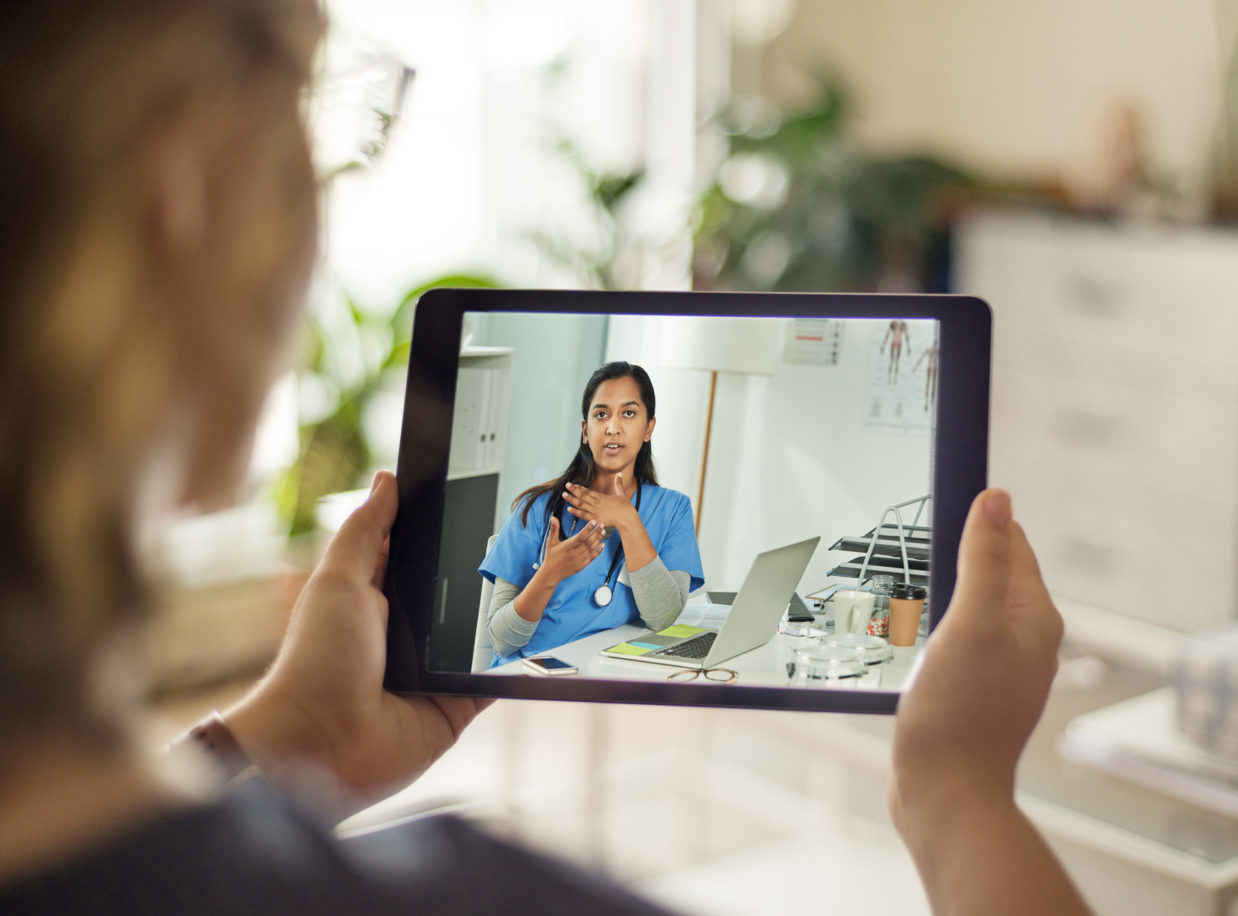
Resources
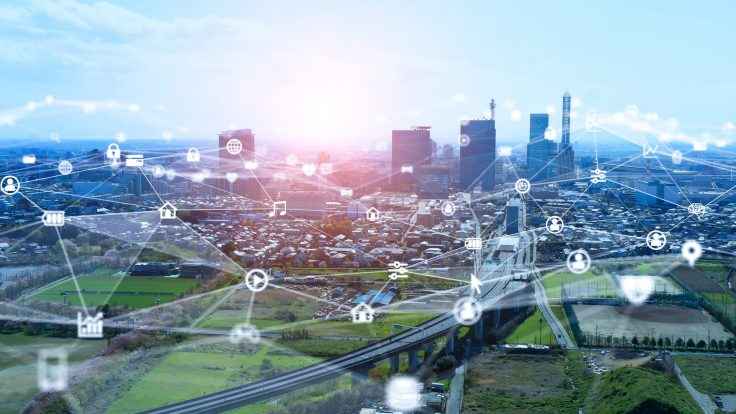
COVID-19 Illustrates Need to Close the Digital Divide
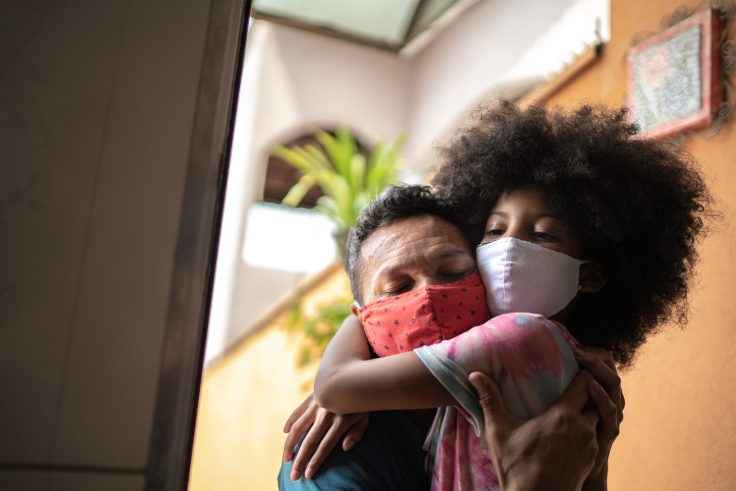
Equitable Rebuilding from COVID-19: Strengthening Protections for Families
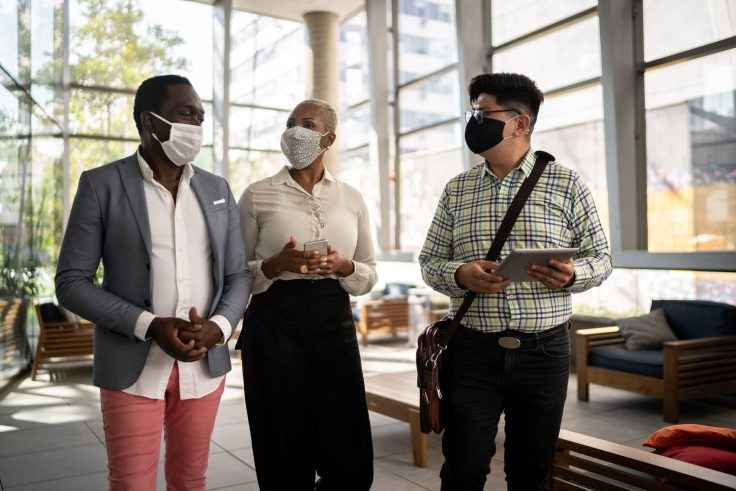
Equitable Rebuilding from COVID-19: Ensuring Quality Care for Vulnerable Populations
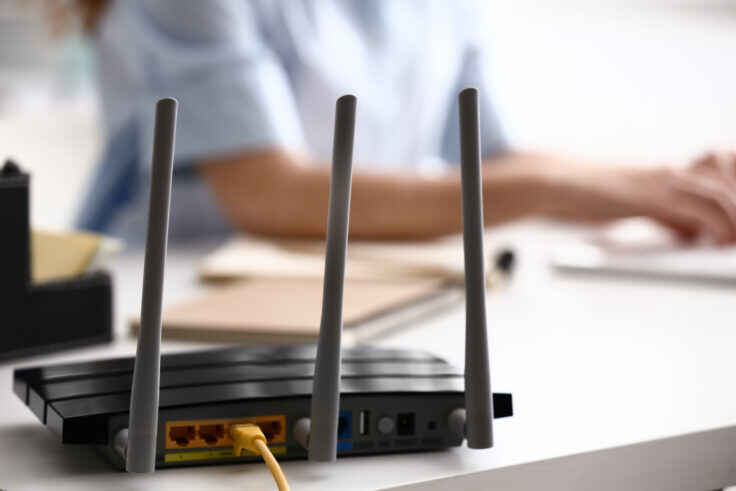
Broadband Access and Public Health: Legal and Policy Opportunities for Achieving Equitable Access
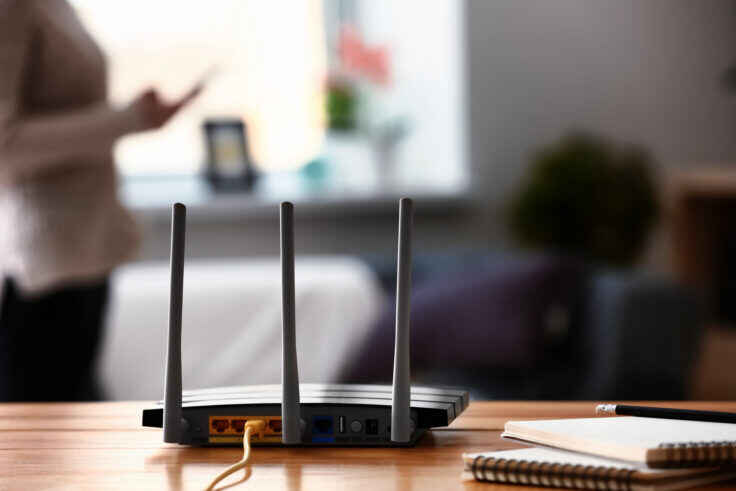
Lifeline Program Provides Discounted Access to Needed Telephone and Broadband Internet Services, but is Underutilized
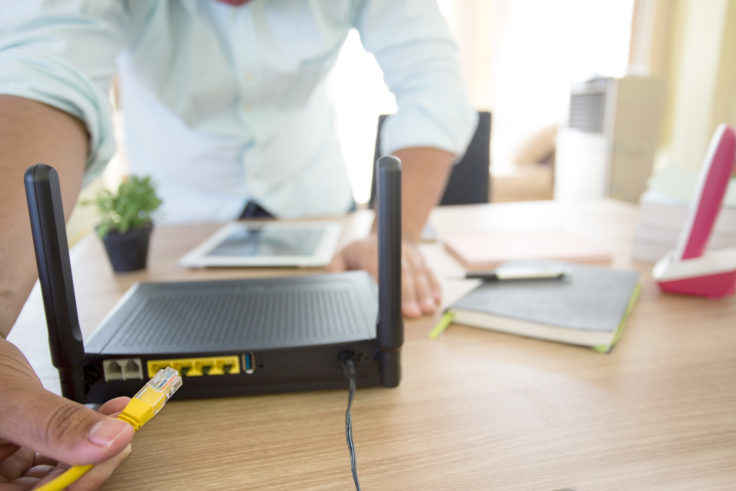
State Laws and Policies Affecting Broadband Access in Eight Northern Region States

Addressing Socioeconomic Barriers to Health Equity Through Law: A Preview of the 2018 Public Health Law Conference
Spotlight
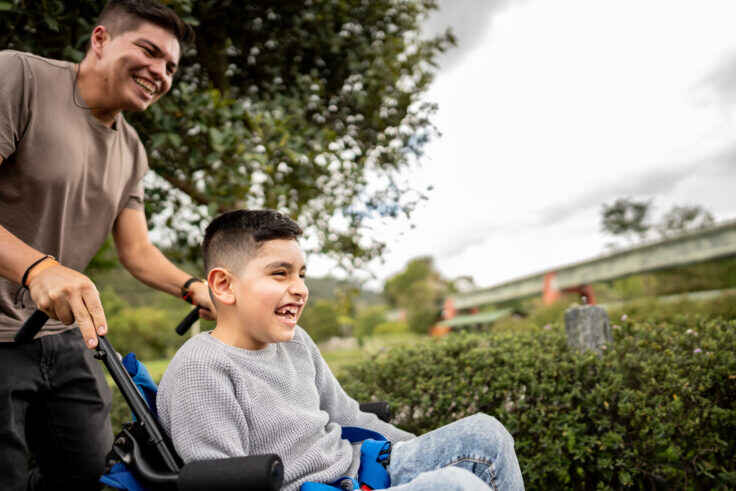
What States Can Do to Fill the Gap in Health Care Access for Immigrant Communities

Mandating Telehealth Accessibility in Light of Covid-19

Pivoting to Telehealth: Lessons Learned about Treating Under-Resourced Patients During the Early Days of the COVID-19 Pandemic – and Beyond
Learn More
How we can help
Legal Research and Assistance
Experienced legal experts are available to answer questions and provide research, analysis and guidance. Tell us what you’re working on. We’re ready to help.


